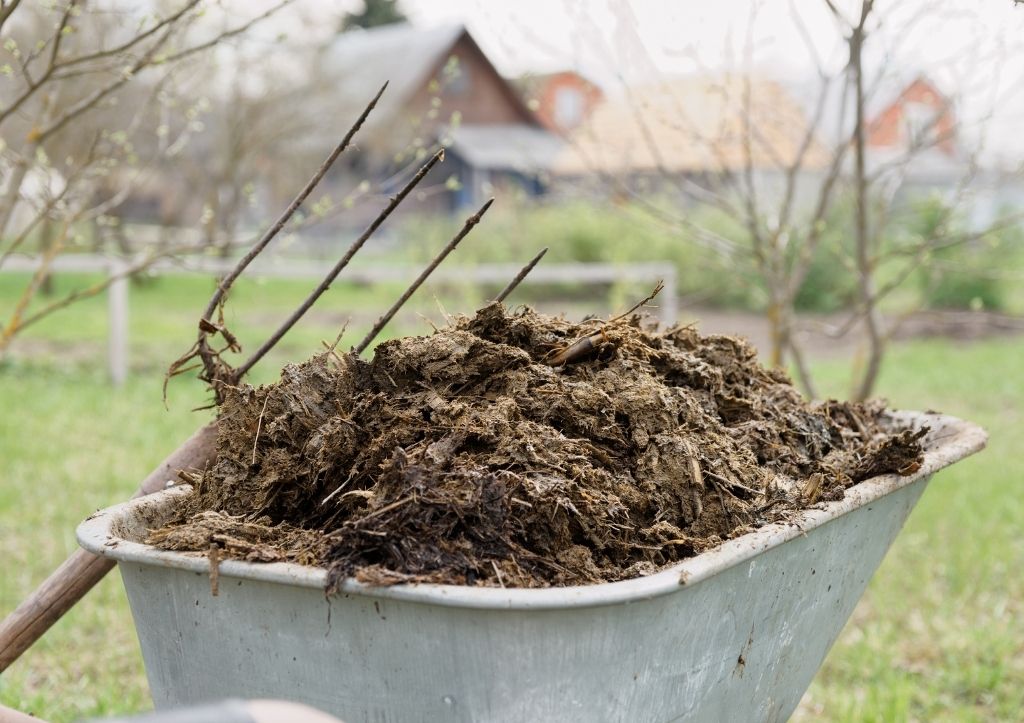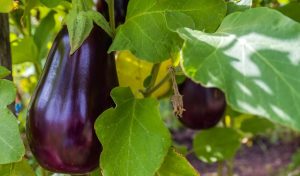If you’re looking to give your garden a boost, you might be wondering what the best manure is.
There are many different types of manure available, and each has its own benefits.
Chicken manure is, without a doubt, the ideal manure for gardens since it has a very high amount of nitrogen, which all plants require but must be composted before being used. Chicken manure is a great source of nutrients and should be applied in the fall or spring after it has composted for several months.

Why would you add manure to a garden?
Manure is a great way to add nutrients and organic matter to your garden.
It helps improve soil structure, water retention, and drainage.
It also increases the number of beneficial bacteria in the soil, which helps promote plant growth.
[amazon box=”B011HXVAOS” template=”horizontal” description=” “]
Is manure a good source of nutrients for the garden?
Yes, manure is a great source of nutrients for the garden.
It contains nitrogen, phosphorous, potassium, and other essential minerals that plants need to thrive.
In addition, manure is high in organic matter, which helps improve soil health and fertility.
People have used manure as a means to support crop growth for centuries and it is still a popular way to amend soil today.

Can you use raw manure?
Raw manure should not be used in the garden, as it can contain harmful pathogens that can damage plants – it can also pose a risk to humans, wild animals and pets.
You should always compost manure before spreading it onto the garden as this helps to:
Reduce the concentration of nutrients to levels that are safe for plants
Remove and kill dangerous pathogens that may be within the manure
Get rid of the odours that raw manures contain
If you have no option other than to use raw manure then always add it to the garden at the end of the growing season, before the winter.
This will enable the winter weather to break down the manure before the beginning of the next growing season.
How should you apply manure to your garden?
The best way to apply manure to your garden is by incorporating it into the soil before planting.
You can do this in several ways but the normal choice is to simply dig the manure into the soil when you are preparing the bed.
Or you can rake the manure into the soil around the plants after they have been planted.
In addition, you can also use it as a topdressing around plants, spreading manure around the base of the plant ensuring that it doesn’t touch the plant.
This is the normal method for using manure around fruit trees such as apples and around bushes such as currants and similar.
Whichever way you choose, always make sure that the manure is well mixed with the soil to avoid any potential problems.

What are different types of manure?
There are many different types of manure available and each has its own benefits.
Here is a list of some of the most popular manures:
Cow manure: This type of manure is high in nitrogen and phosphorous, making it great for vegetables and fruit trees.
It also has a low odor and can be used without composting.
Chicken Manure: As mentioned before, chicken manure is the best type of manure for gardens as it is high in nitrogen.
It should be composted before use, however, as it can burn plants if applied fresh.
Pig Manure: Pig manure is high in nitrogen and potassium, making it great for vegetables, flowers, and fruit trees.
Like chicken manure, it should be composted before use.
Sheep Manure: Sheep manure is high in nitrogen, potassium, and magnesium, making it great for vegetables, fruit trees, and flowers.
Like other manures, sheep manure should be composted before use.
Horse manure: Horse manure is high in nitrogen, phosphorous, and potassium, making it great for vegetables, fruit trees, and flowers.
It also has a low odor and can be used without composting.
How do you compost manure?
To compost manure, you will need:
A compost bin or pile
Manure – at least 2 parts manure to 1 part soil
Water
The process of composting is simple:
1. Add the manure and soil to the compost bin or pile
2. Mix in water until the mixture is wet but not too wet – it should be like a damp sponge
3. Turn the mixture every few days, using a pitchfork or shovel, until it begins to break down
4. Once the compost is crumbly and dark, it is ready to use
You can also add other things to the compost bin or pile to help break down the manure, such as leaves, straw, and kitchen scraps.
Try to keep the composting pile covered to retain heat and prevent rain from soaking it.
Purpose made compost bins are widely available or you can create a pile in a corner of your garden and cover it with an old carpet or tarpaulin.

Where can I get manure from?
You can get manure from many different sources, such as local stables, pet stores, and garden centers.
Make sure to ask the source where the manure comes from and whether it has been composted first.
If it hasn’t been composted then you will need to do so yourself before using it in the garden.
Manure is also available for purchase online.
Just make sure to read the product description carefully to see what type of manure it is and whether it has been composted or not.
[amazon bestseller=”manure for garden” items=”5″ template=”table”]
Final words
Manure is a great way to add nutrients to your garden and help your plants grow.
There are many different types of manure available, so choose the one that is best suited for your needs.
Before using manure, make sure to compost it first to avoid any potential problems.
Manure can be sourced from many different places, so you shouldn’t have too much difficulty in getting your hands on some.






